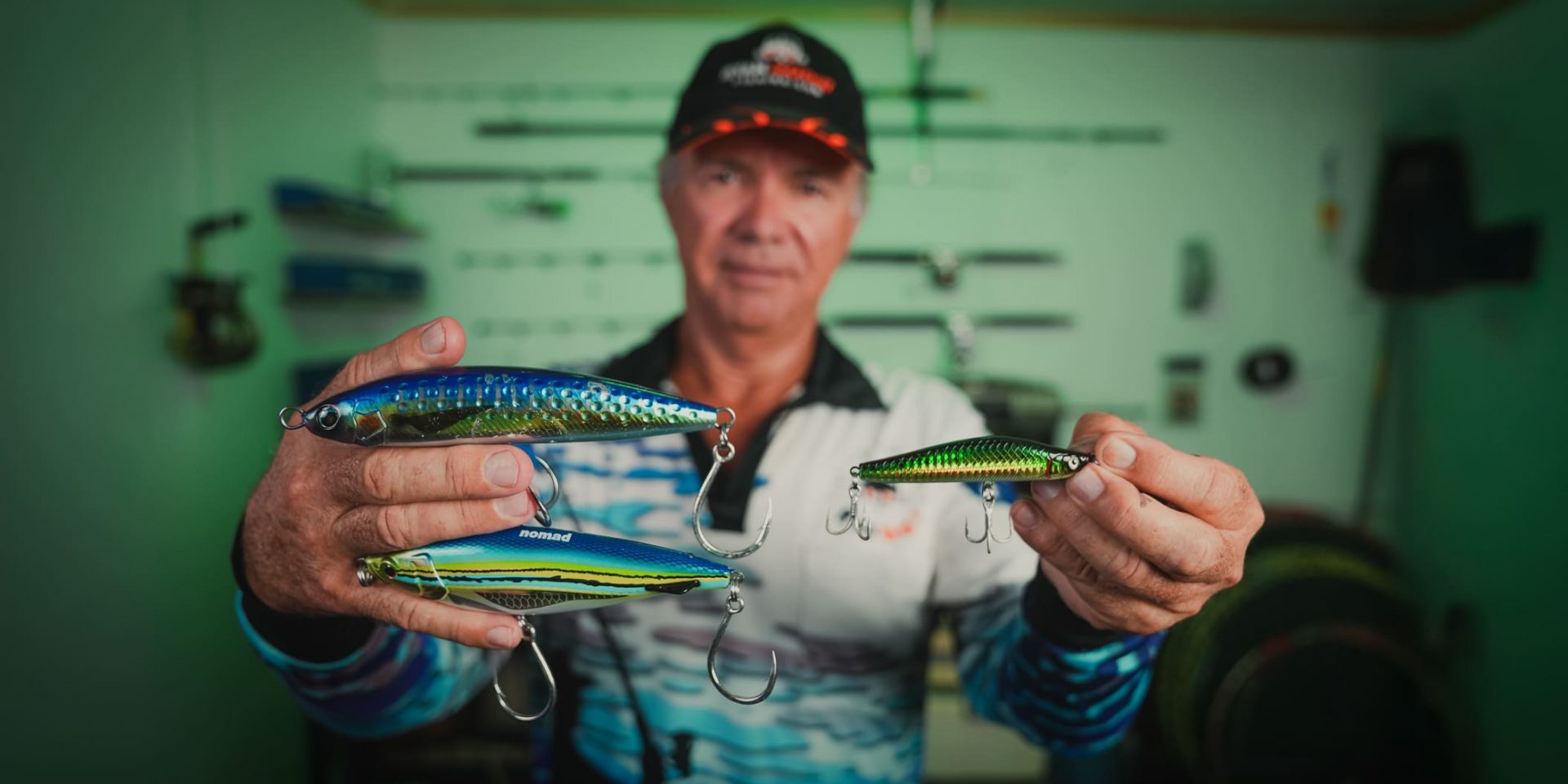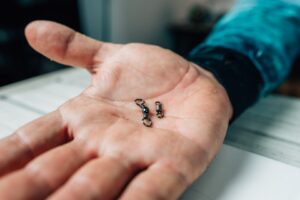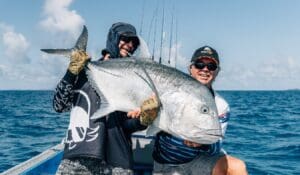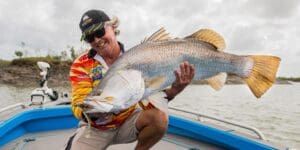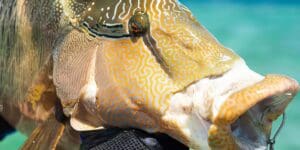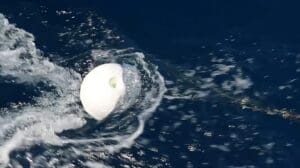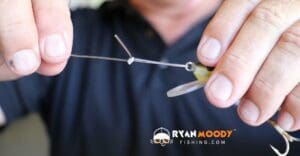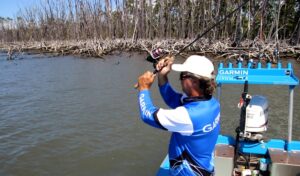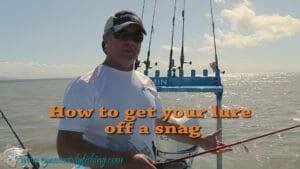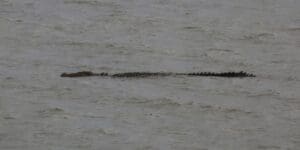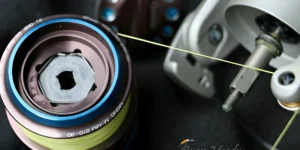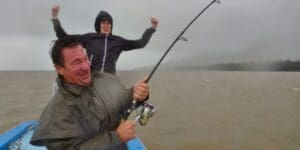A stick bait lure is like a tool – each one is made for a specific job. You wouldn’t use a hammer to screw in a bolt, and you shouldn’t use the wrong stick bait lure when fish are feeding in a way that doesn’t match your lure’s action.
This guide breaks down the 3 types of stick bait lures, explaining when and why you should use each one and how. And stick around, because the third type is one most anglers never think about—but should.
What is a Stick Bait Lure?
The term stick bait comes from its simple, elongated shape—basically looking like a “stick.” Traditionally, stick baits were handcrafted from wood and designed to mimic an injured or fleeing baitfish when retrieved through the water. The old-school versions were often hand-carved and painted to resemble local baitfish species. Some of them are weighted internally to create a more lifelike action.
Unlike diving lures with a plastic bib, stick baits don’t generate action on their own—you control the movement. That means whether you want a walk-the-dog motion on the surface, a darting erratic swim, or a slow, wounded flutter on the fall, it’s all in how you work the lure.
What Makes the Best Stick Bait?
Choosing the best stick bait lure depends on several factors:
- Buoyancy – Stick baits can be floating, suspended, or sinking, each affecting how deep they work in the water.
- Size & Weight – Bigger stick baits are great for large predators, while smaller ones match baitfish that can get the attention of more demersal species.
- Action – Some have a tight wobble, others glide erratically or have a rolling motion—this can influence whether a fish commits to a strike.
- Target Species – Different fish react differently—pelagics love fast-moving stick baits, while bottom dwellers may prefer a slower, injured-bait look.
- Water & Weather Conditions – Murky vs. clear water, calm vs. choppy conditions, and even tide movement all play a role in which stick bait lure works best.
Now that we’ve covered the basics, let’s break down the three main types of stick baits and where they shine!
1. Floating Stick Bait Lures
Floating stick baits are topwater weapons, designed to get explosive surface strikes.
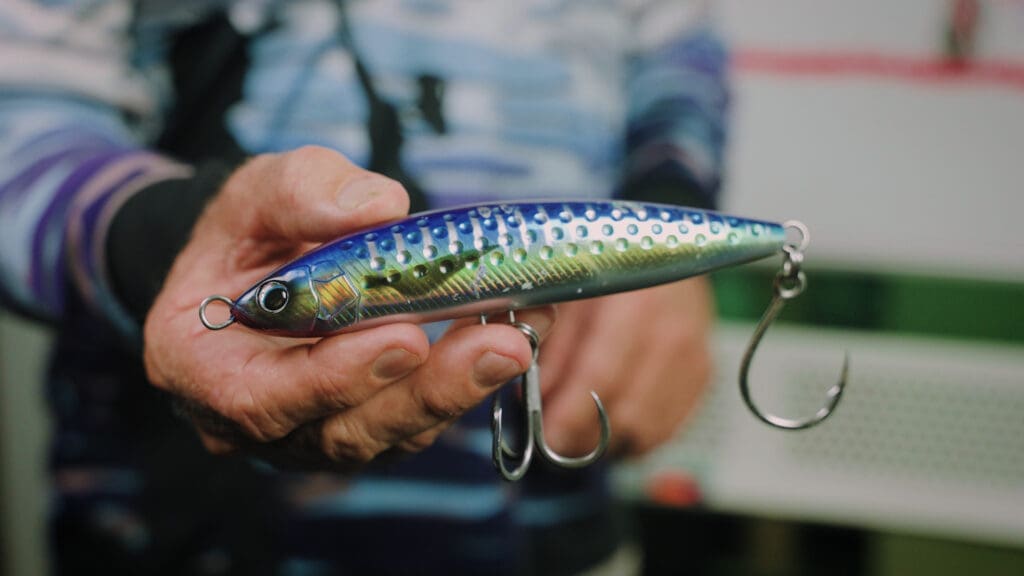
Best Used In:
- Shallow reef flats
- Pressure points where bait is getting smashed
- Anywhere fish are aggressively feeding on the surface like open water tuna schools.
Target Species:
- Pelagic fish like (giant) trevally, spanish mackerel and tuna
- Will also tempt reef species like coral trout and many others if worked slower with sweeping motions (see video for demonstration).
Conditions:
- Best in calm to moderate conditions
- Not ideal in rough water—waves can drown out their noise and action.
These lures are great for mimicking garfish, flying fish, and other baitfish skipping across the surface. If you want big surface blow-ups, this is the stick bait to use!
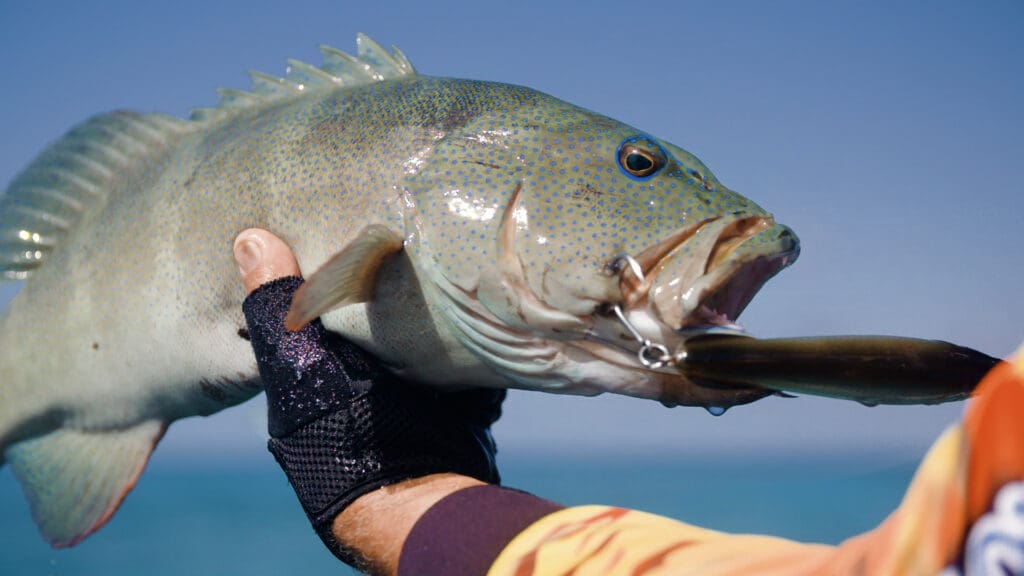
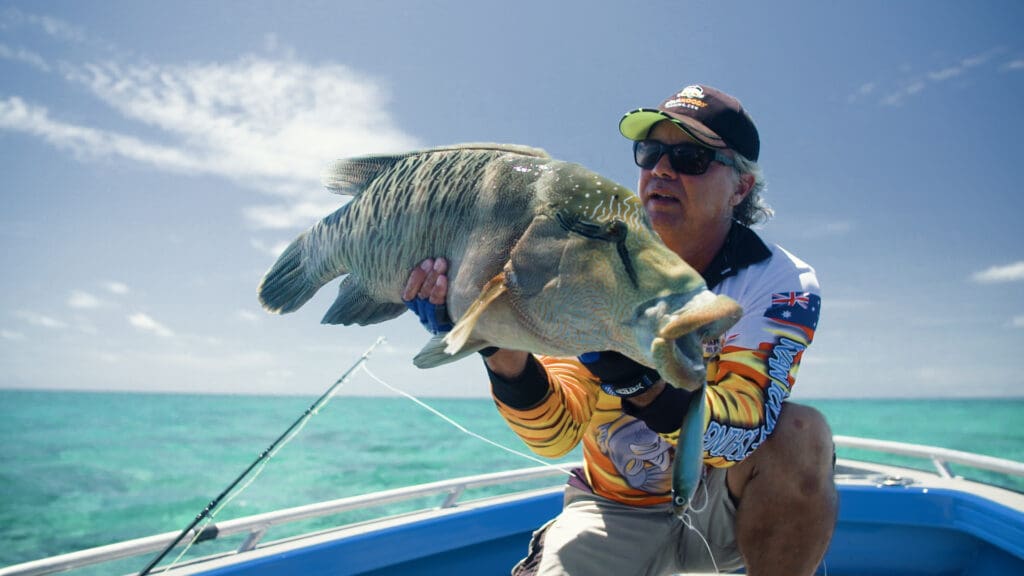
2. Sinking Stick Bait Lures (Subsurface Type)
Subsurface sinking stick baits are meant to be fished just below the surface, making them an excellent alternative when fish aren’t fully committing to topwater lures.
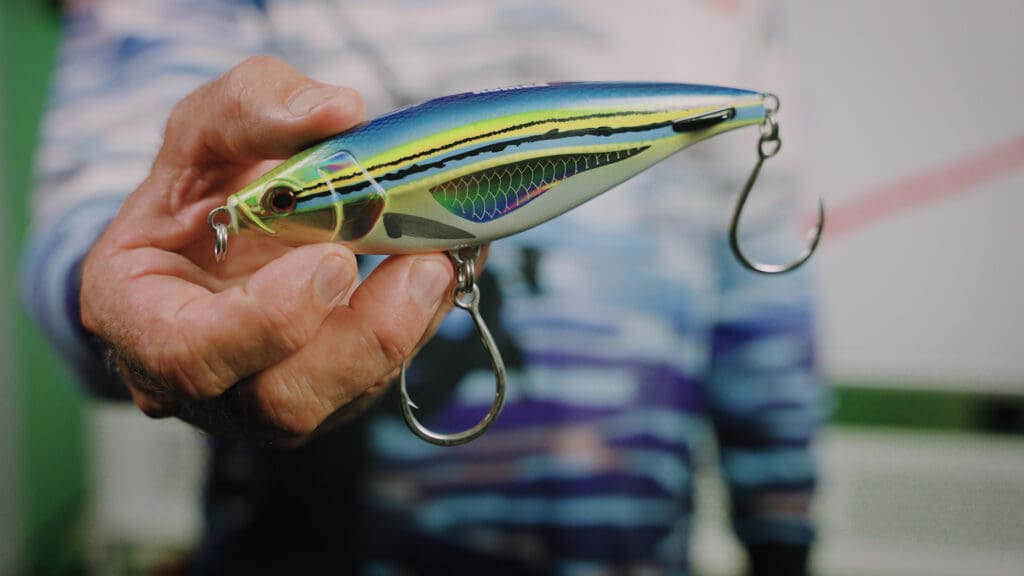
Best Used In:
- Reef edges, bommies, and drop-offs
- Deeper pressure points where fish hesitate on surface lures
- Anywhere fish are smashing bait just under the surface
Target Species:
- GTs and Spaniards
- Reef fish like coral trout (called grouper in the USA), emperor species, chinaman fish and more tropical demersal
Conditions:
- Works in calm and slightly choppy waters
- Perfect when fish are feeding aggressively but won’t commit to floating lures
Think of these as the middle ground between topwater excitement and deeper-water versatility. If you’re fishing bommies or reef faces for demersals, this is often the best stick bait to throw.
3. Sinking Stick Bait Lures (Jigging Type)
This is the one most anglers don’t know about. If you’ve ever used vibes for deep-water jigging, you’re about to get an upgrade.
Unlike traditional vibes that fall straight down like a rock, jigging stick baits flutter and wobble on the fall, mimicking an injured baitfish—which is exactly what predators love to smash (see video for underwater comparison).

Best Used In:
- Deep reefs, wonky holes and wrecks.
- Vertical jigging over structure.
- Any situation where fish strike lures as they fall.
- Under 30 metres in slow to moderate current (must reach the bottom).
Target Species:
- Inshore: Threadfin salmon, fingermark, barramundi
- Offshore: Coral trout, red emperor, nannygai, snapper
Conditions:
- Works in deep water with structure
- Best in slower to moderate currents, where the fluttering action draws bites.
Jigging stickbaits like our Pillager creates a slow, wounded baitfish action, getting more bites in the fall. If you’re fishing deeper water for demersals, you need one of these in your tackle box!
👉 The Pillager Sinking Stickbaits Are Available In Our Shop!
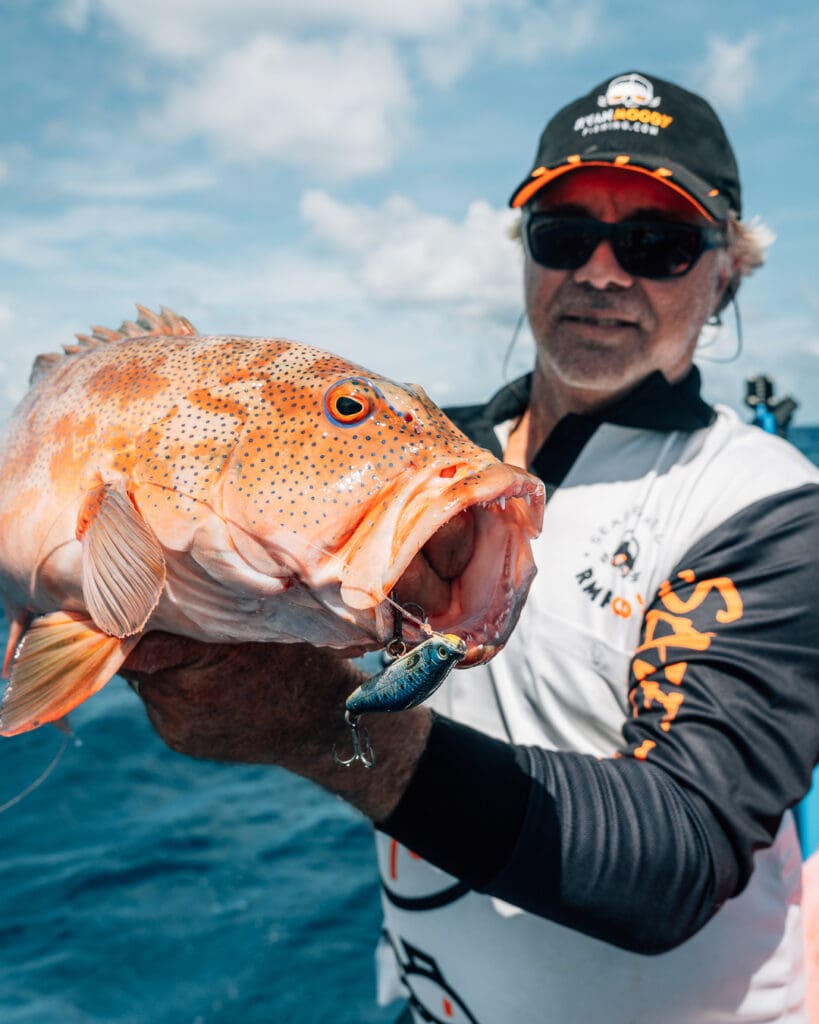
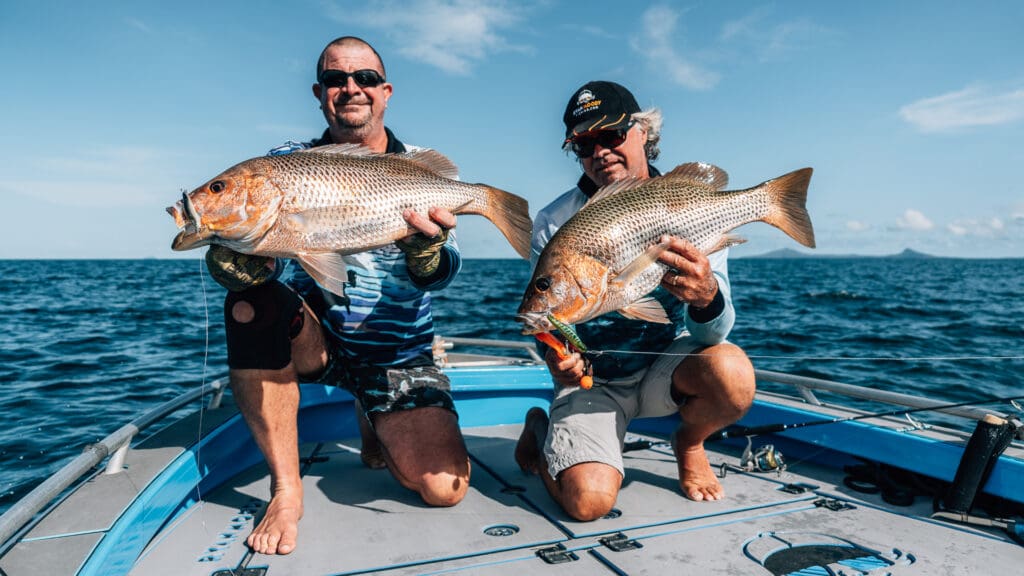
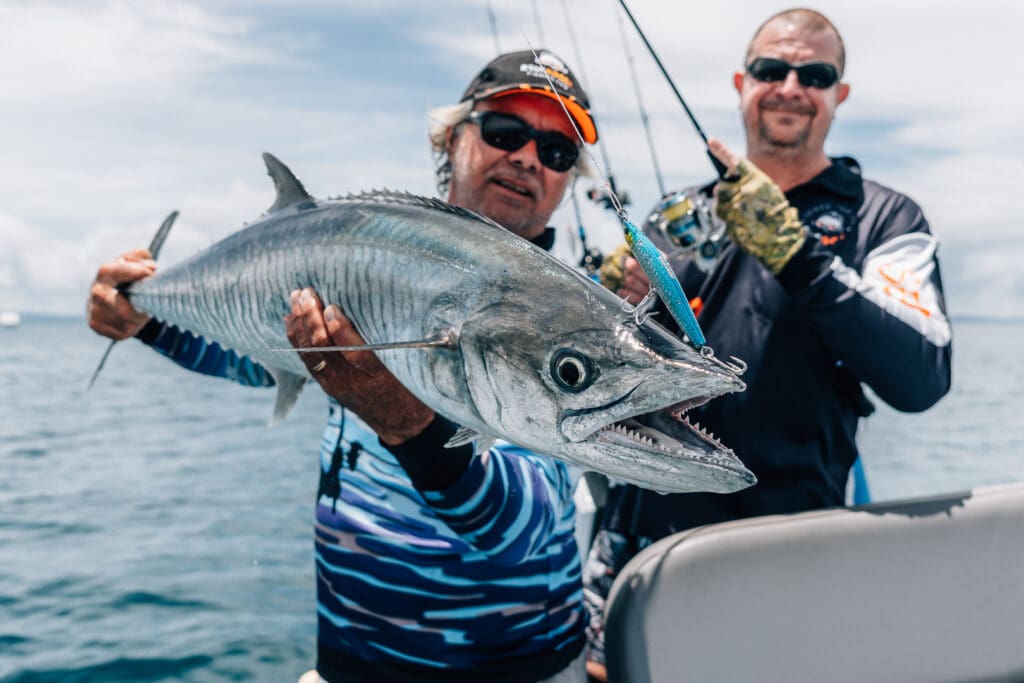
And to make sure you’re using the right gear for inshore and offshore fishing, grab our FREE Gear & Tackle Cheat Sheets!
See Each Stick Bait Lure in Action!
Now that you know the difference between floating, sinking (subsurface), and sinking (jigging) stickbaits, it’s time to see them in action.
Check out our stick bait lures video demonstration below, where we show how each stick bait type moves in the water and how to use them for the best results.
Stick Bait Lure Comparison Chart
Just to summarize which stick bait lure to throw when, this chart will make it crystal clear!
| Stickbait Type | Best Used In | Target Species | Action & Depth | Best Conditions | Key Benefit |
|---|---|---|---|---|---|
| Floating Stickbaits | Shallow reefs, flats, points | GTs, mackerel, tuna | Stays on the surface, darting motion | Calm, clear water | Visual strikes from surface-feeding fish |
| Sinking (Topwater) Stickbaits | Near structure, deeper reefs | Trevally, coral trout and other demersals | Darts below surface, sinks when paused | Slightly deeper water, when fish hesitate on topwater | Works for hesitant fish that won’t hit surface lures |
| Sinking (Jigging) Stickbaits | Deep reefs, wonky holes, wrecks | Snapper, fingermark, red emperor, nannygai | Flutters on the fall, reaches bottom | Deeper waters around structures BUT you must reach the bottom so watch if the current is too strong. | More bites on the fall, outperforms vibes |
Having the right stick bait lure is only part of the equation—the real key to catching more fish is putting yourself in the right position in the first place. You can throw the perfect lure all day, but if you’re not fishing where the fish actually are, you’re just practicing your casting.
If you want to find structure, locate fish, and understand what’s beneath you, check out our Sounder Skills 1 course. It’s a small investment that’ll make a huge difference in your fishing success.


